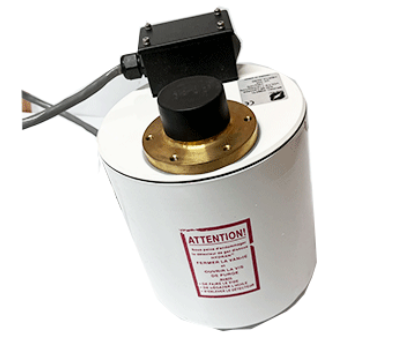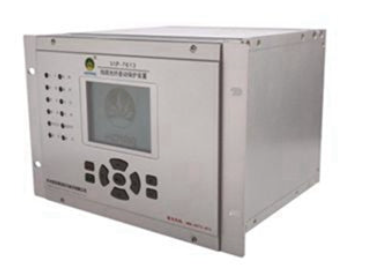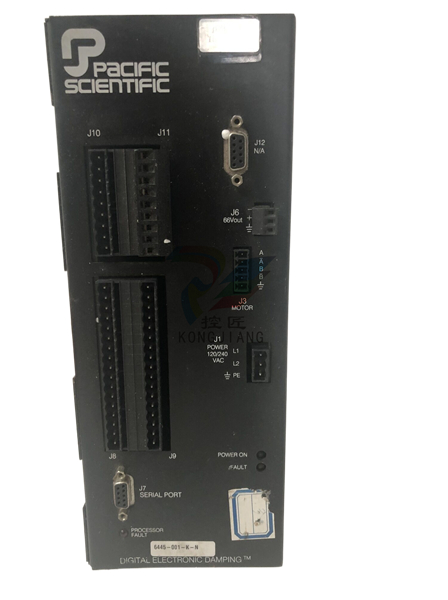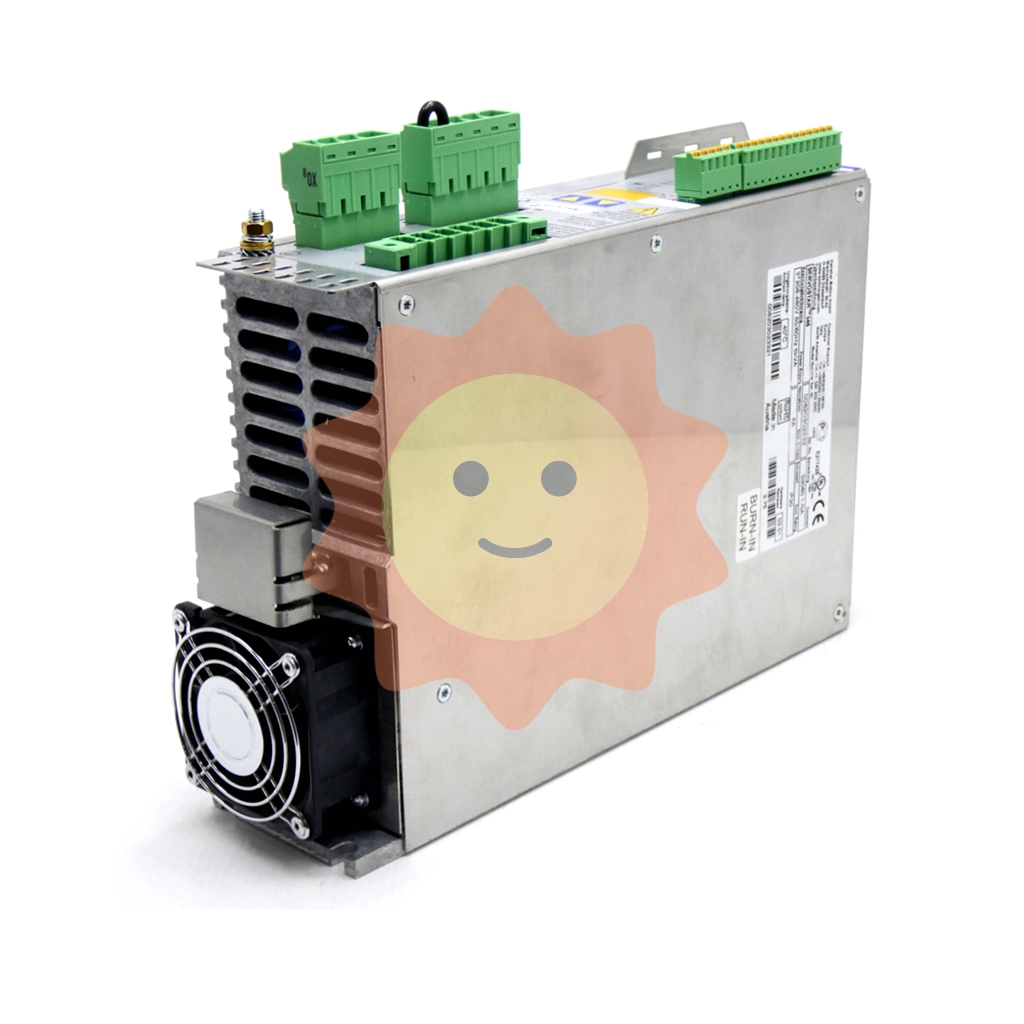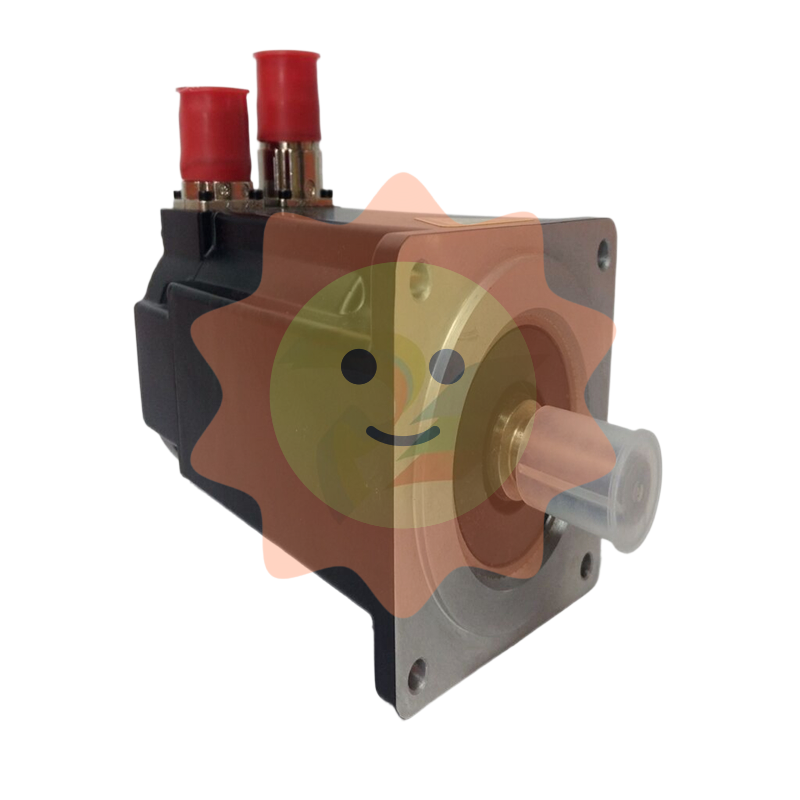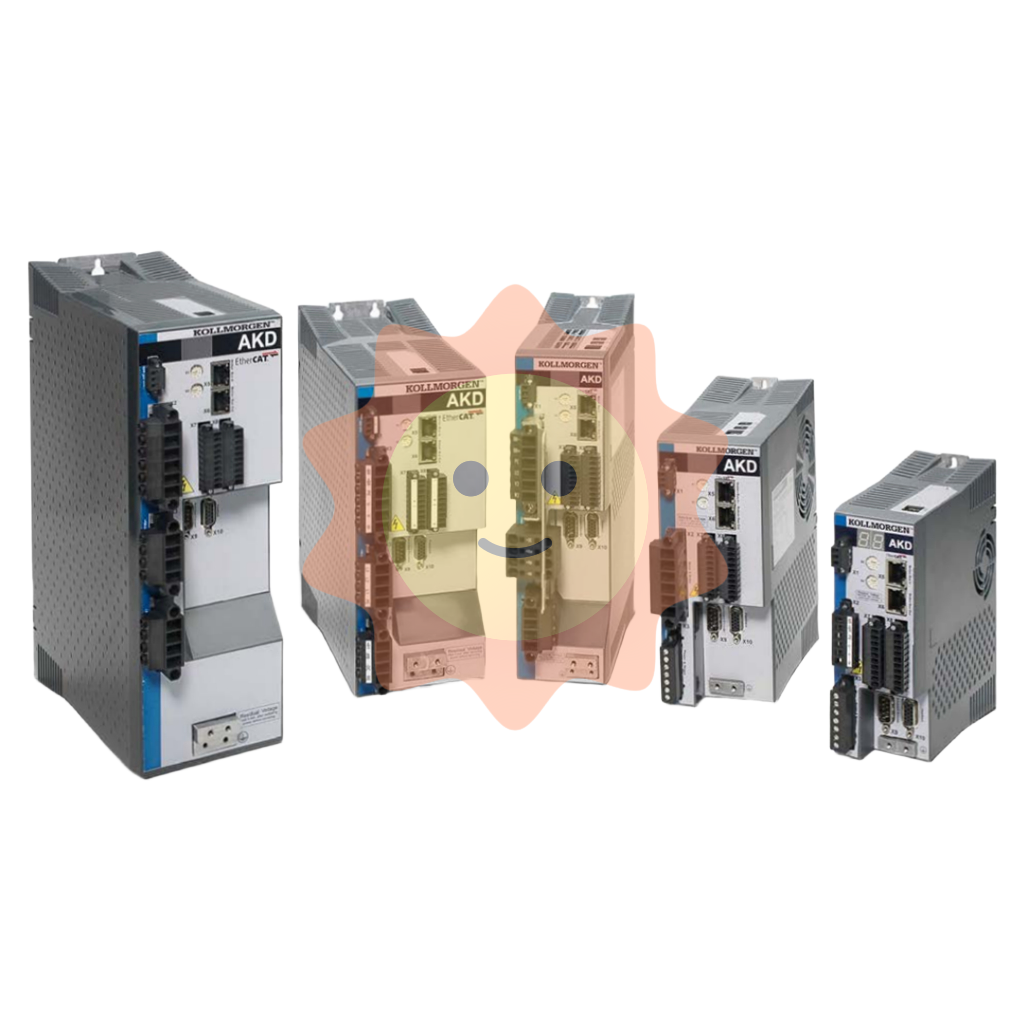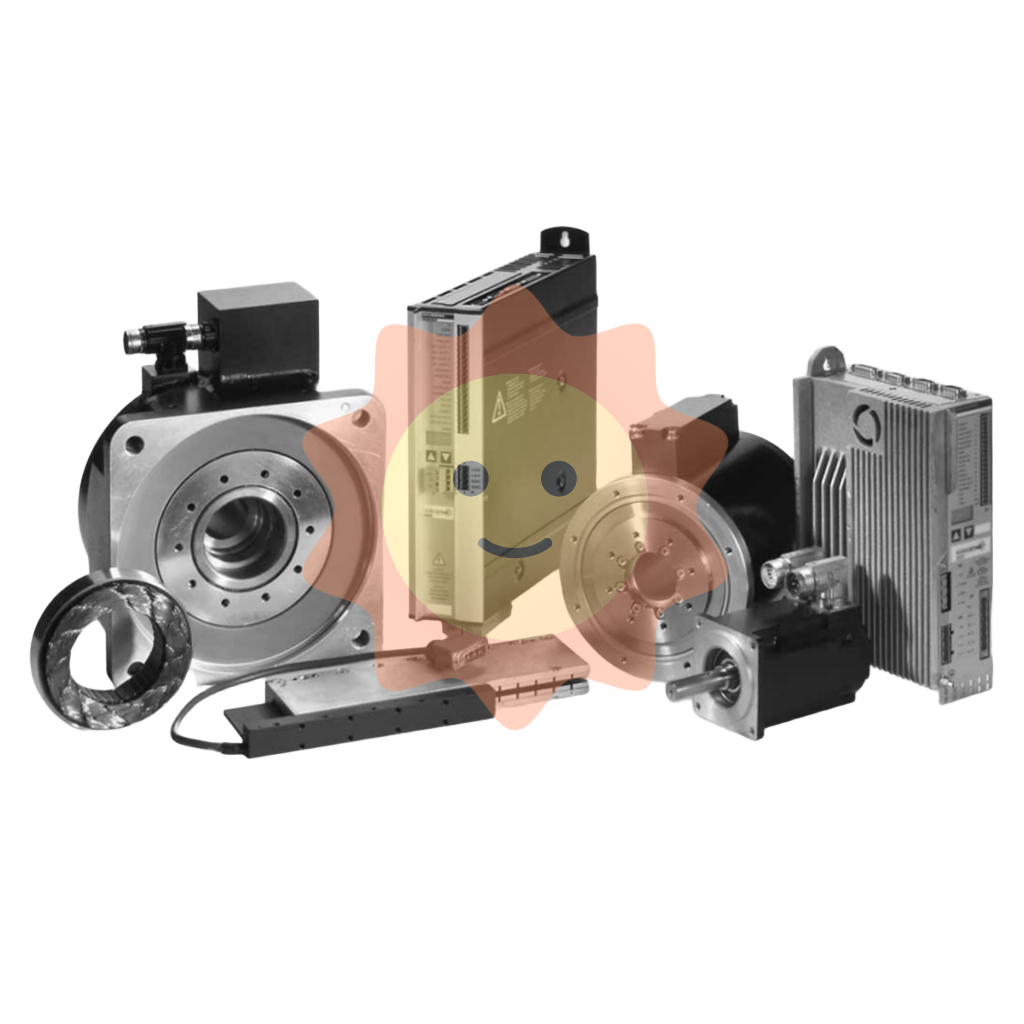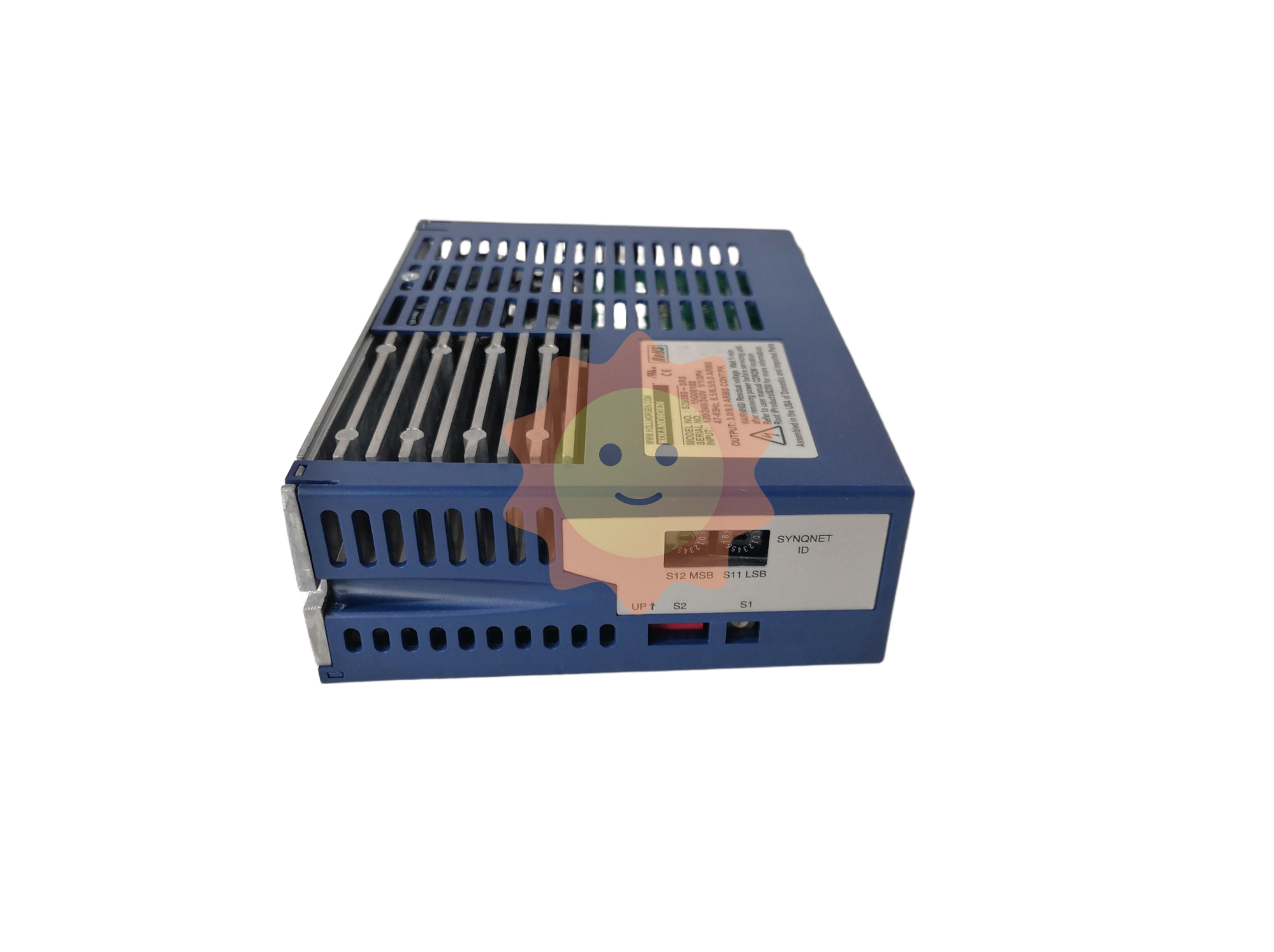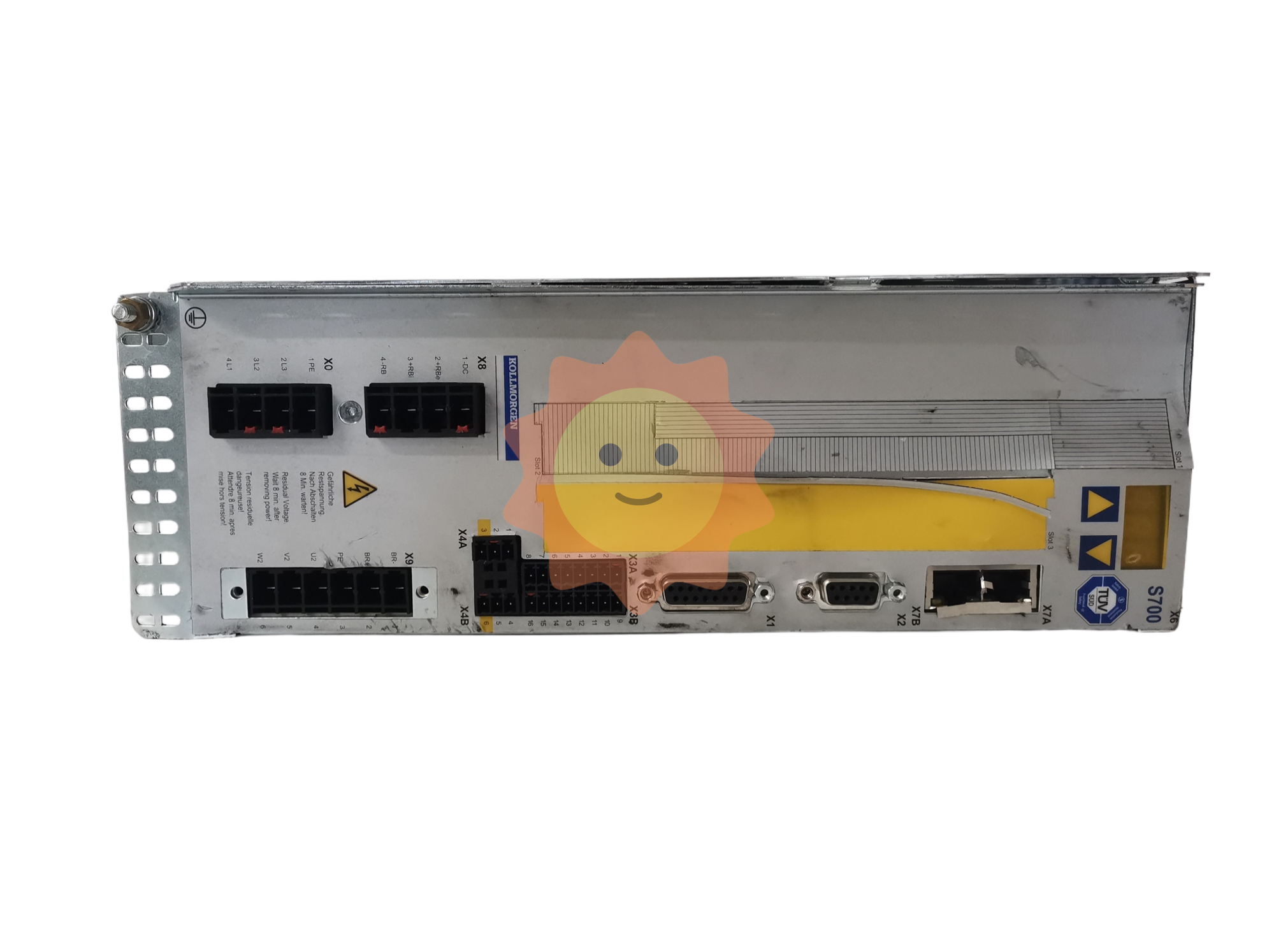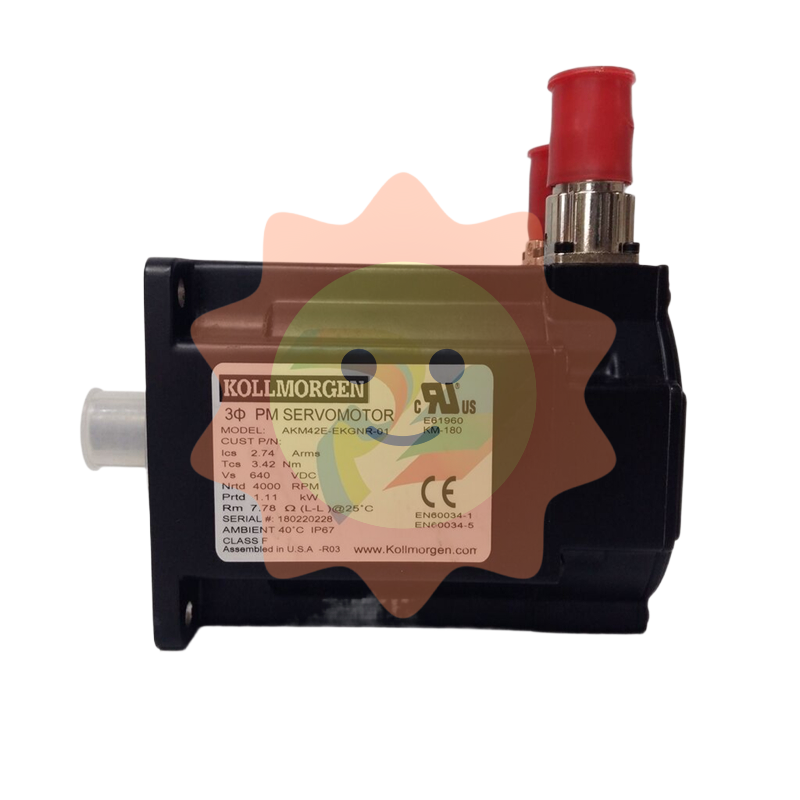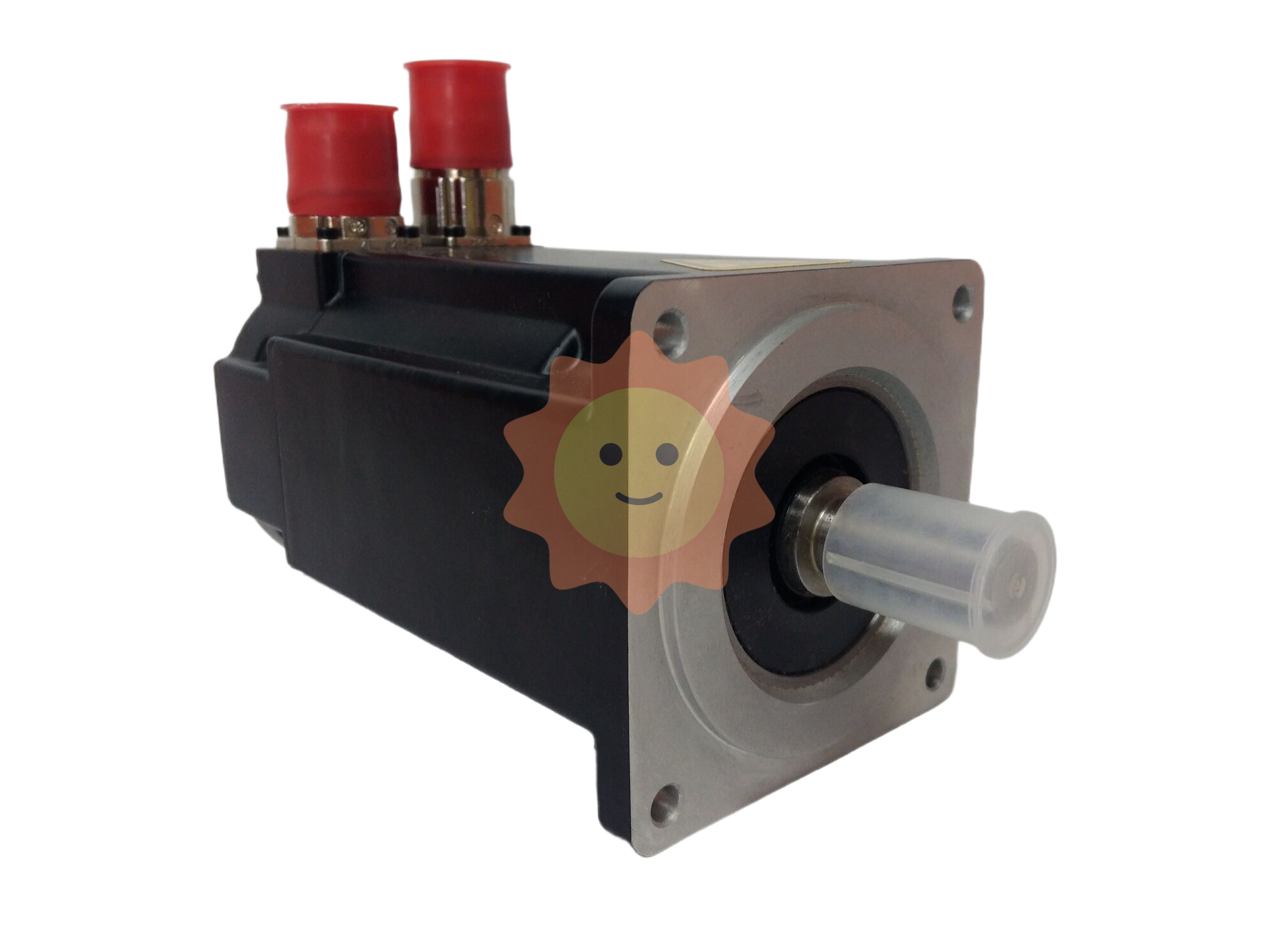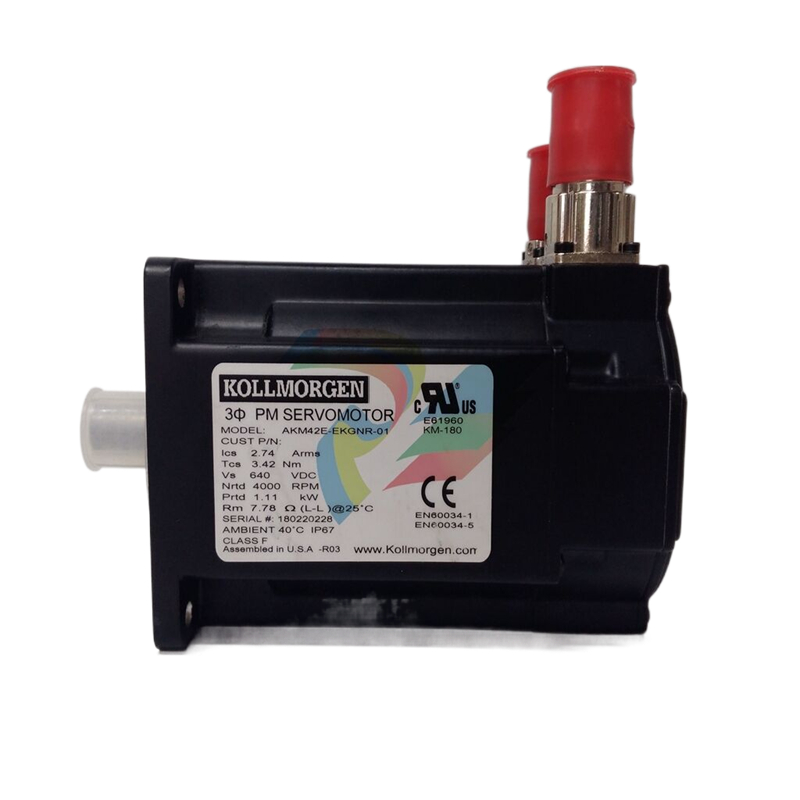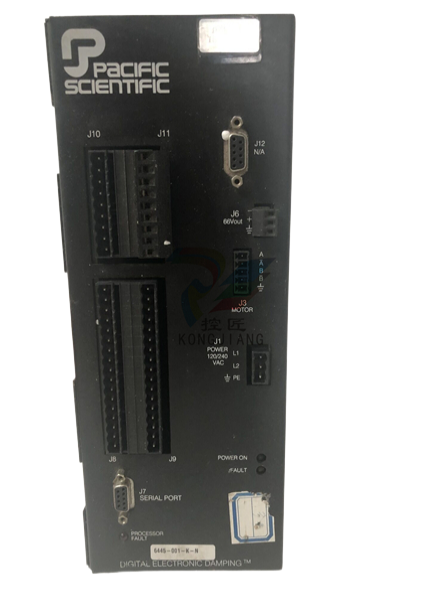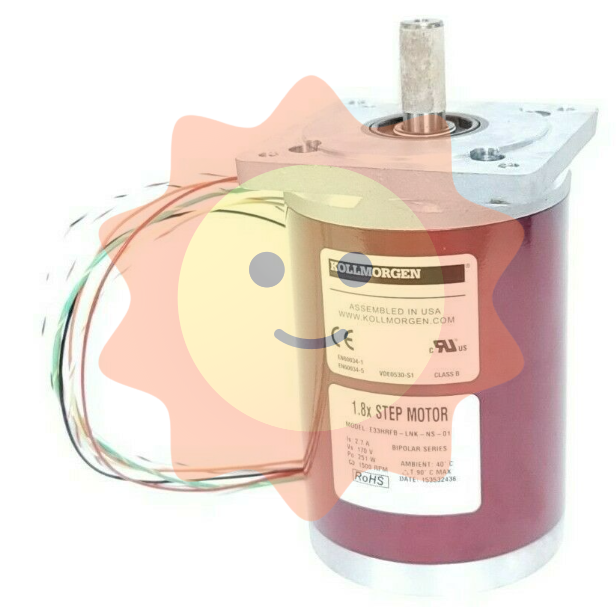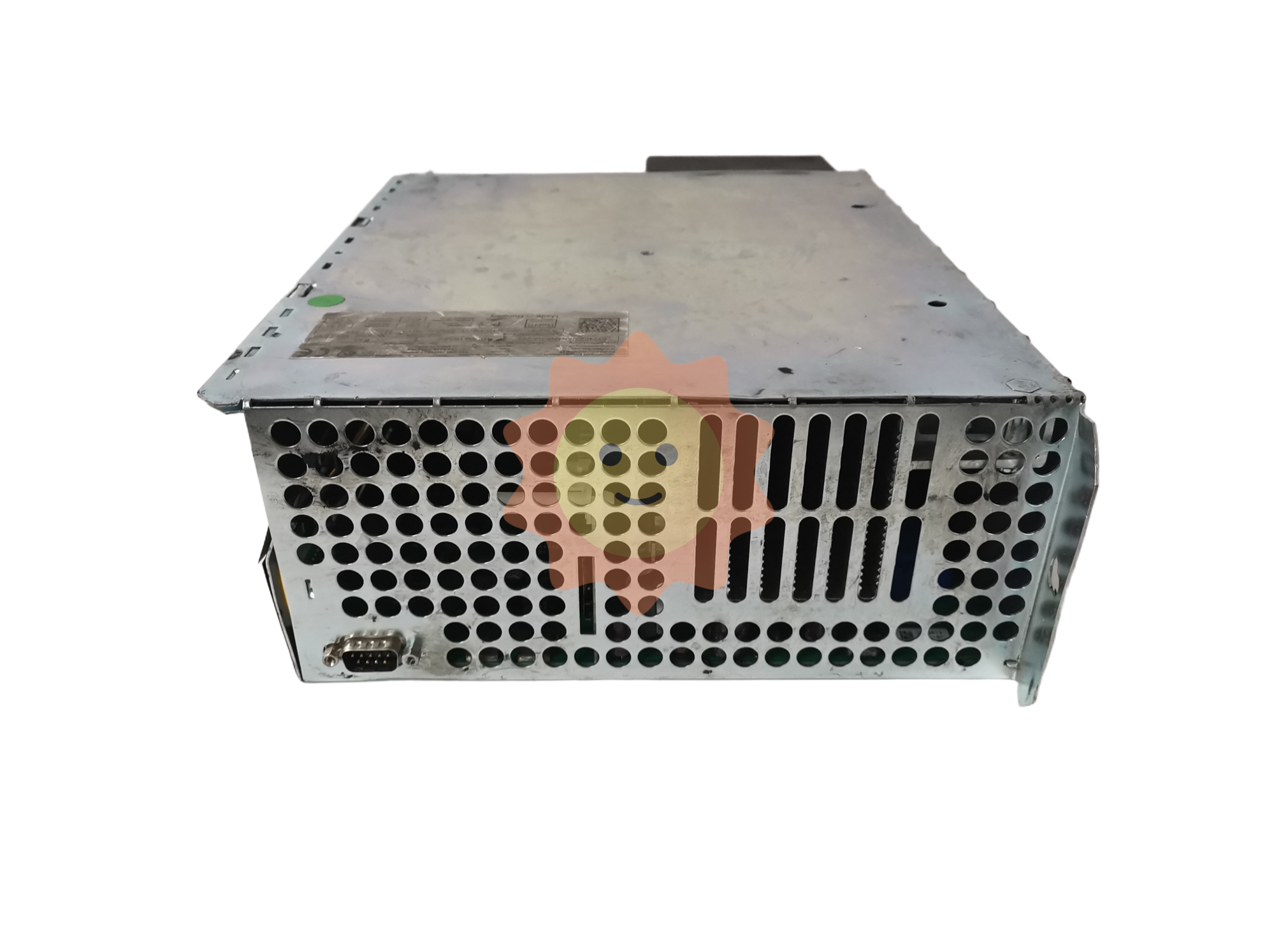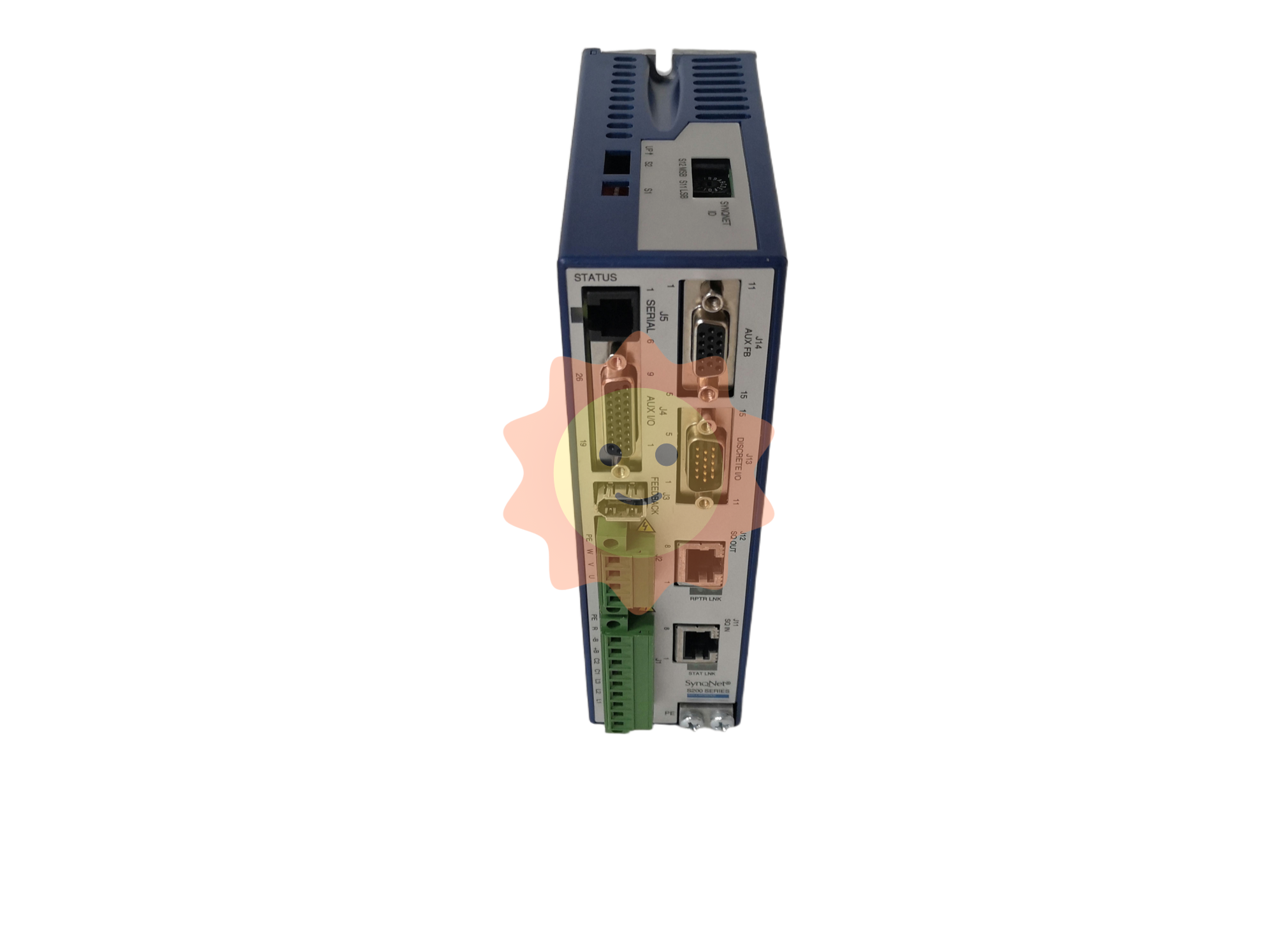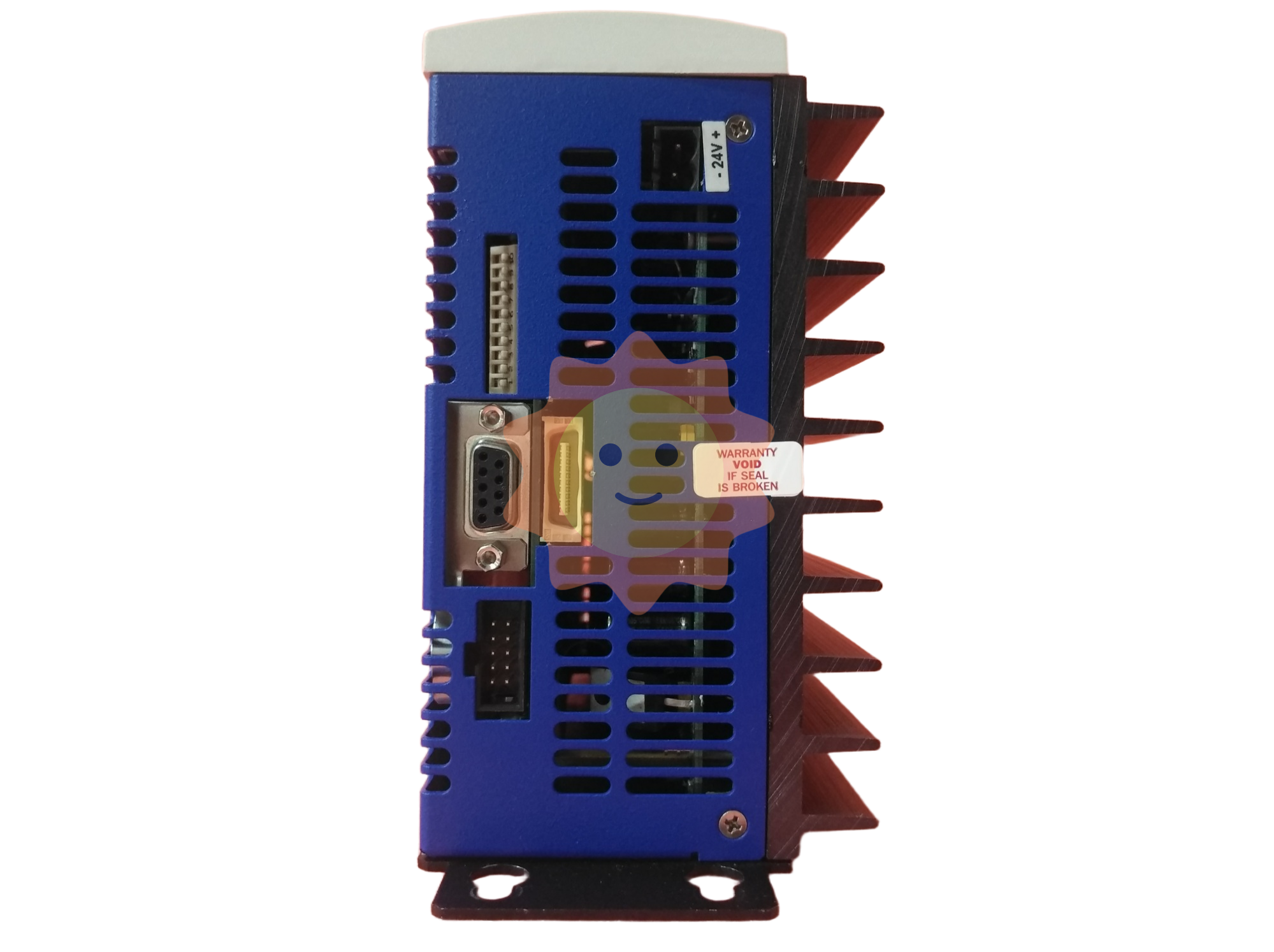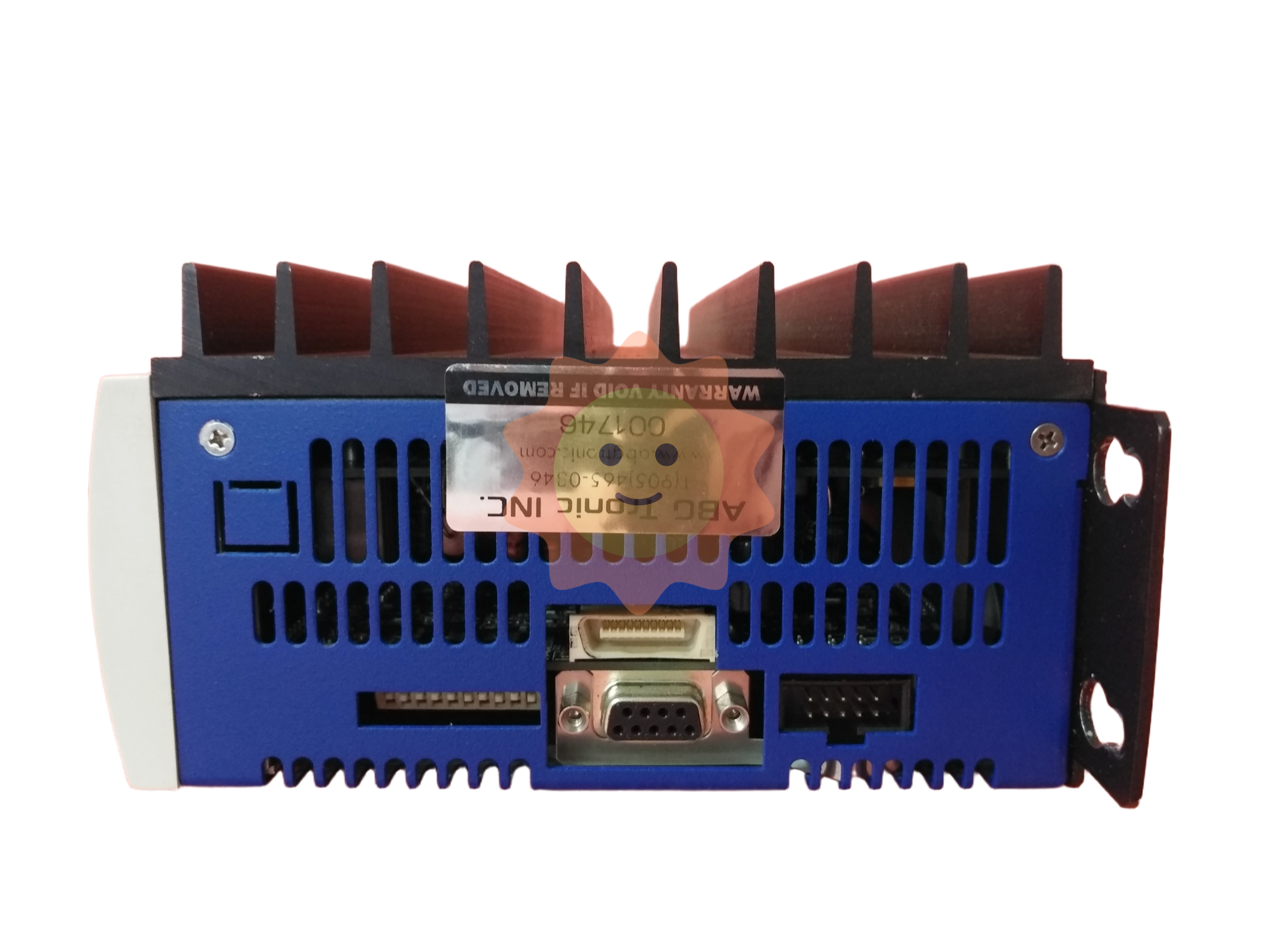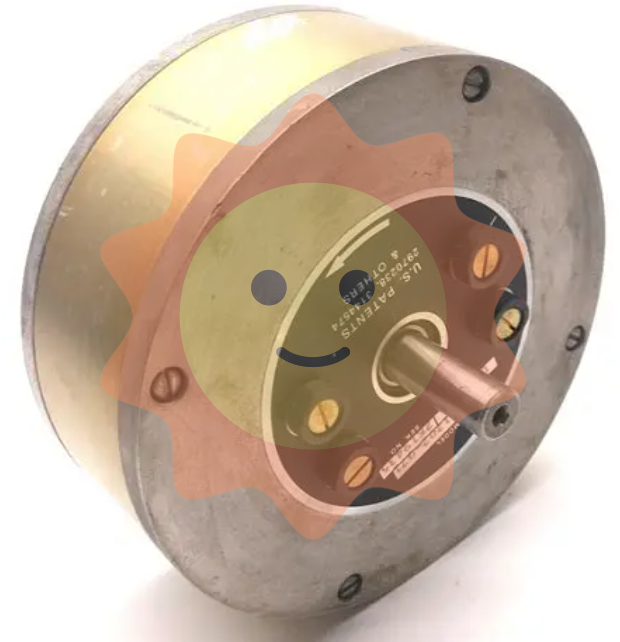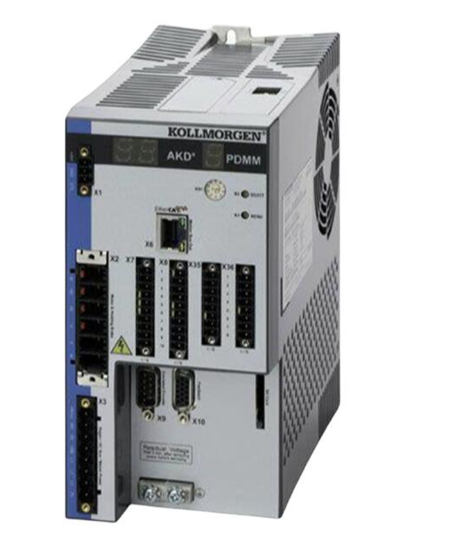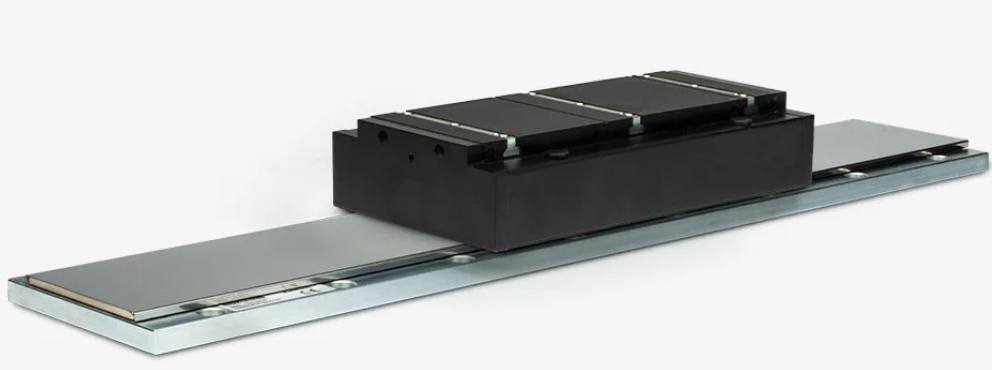Definition, connotation and progress of digital mining technology under the new situation
1. Overview
With the development of computer technology, information technology, communication technology, automatic control technology, 3S (GIS, GPS, RS) technology and network technology, many domestic research institutions and scholars have put forward their own views and ideas on the key technologies and construction schemes of digital mine construction from different angles [1-17]. The establishment of digital mines can not only realize the digitization of safety management, provide information guarantee for building intrinsically safe mines, but also realize the refinement of production management, and provide decision-making means for building high-yield and high-efficiency mines. Therefore, many mining enterprises in China have increased the investment in information construction and made efforts to build digital mines. Most modern mines and large group companies have realized the networking of gas monitoring systems, and some companies have realized partial comprehensive automation. Some companies have implemented partial ERP projects, equipment management, or asset management; Most companies have realized computer-aided measurement and drawing; Some companies have begun to implement the construction of geographic information systems; Some mining enterprises digital mine construction has become a prototype.
However, because the mine is a discrete production system with resources as the development object, the main operation is in the deep surface of the earth, complex geological conditions, harsh environment, gas, dust, water damage, top and bottom accidents, hidden dangers of fire are difficult to detect and identify, large-scale accidents occur from time to time, which have caused great losses to the mining production in our country, and seriously endangered the personal safety of miners. Therefore, digital mining is neither a simple extension of the concept of "digital Earth", nor a simple copy of the ordinary ERP concept, but a new concept that contains some characteristics of both. There is a growing gap between China's mines and developed mining countries in the field of mining exploration, planning, design, production, management, whole-process monitoring and other information technology. China's mines have not taken information resources as one of the important strategic resources for overall development and utilization, and have not formed a stable system performance and sufficient information resources for mine information infrastructure, nor have they formed a "digital mine. Many scholars and enterprise technical personnel on the definition of digital mine, connotation and function is still relatively vague, this paper through the complete definition of digital mine, a brief description of the digital mine technical characteristics, construction content, technical specifications, system functions, combined with the national "863" key project "digital mining key technology and software development" stage results, discussed The development of digital mining technology in China and its application in mining enterprises are summarized.

2. Definition of digital mine
Digital mine, also known as smart mine, is a digital intelligent body based on the digitization of mines that can complete the accurate and timely collection, network transmission, standardized integration, visual display, automated operation and intelligent service of all information of mining enterprises.
1) Digital basis: all the content of the mine has been processed into digital information that modern computers can accept, store, copy, process and network transmission, and ensure the integrity of the information.
2) Accurate and timely collection: it can accurately collect the safety, production and management information needed at any place and any time, and ensure the timeliness of information.
3) Network transmission: All information, including real-time data, multimedia data and management data, can be transmitted on time, reliably and safely through the local area network and the wide area network, and the necessary data must ensure clock synchronization.
4) Standardized integration: Through standard data formats, open communication protocols and unified management specifications defined by the data warehouse to achieve the interconnection of information in various applications, to ensure the unique entry and consistency of data.
5) Visual presentation: All information and models in the data warehouse can be expressed and displayed using 4D geographic information system technology, virtual reality technology, simulation technology, multimedia technology and visual analysis technology to achieve transparent management.
6) Automated operation: For the main production execution links, monitoring and monitoring links, time limits, high accuracy links and poor environment, easy fatigue links to achieve automated or unmanned operation.
7) Intelligent service: Provide intelligent tools and comprehensive decision support in some aspects such as risk identification, disaster early warning, accident alarm, scheme design, planning, process control, economic analysis, scheduling optimization, etc., to minimize the intensity of mental labor and avoid human decision-making errors.
8) Digital intelligent body has two meanings: (1) Through digital reconstruction, the entire mine has the ability of self-analysis and decision-making, so that the mine personnel, machinery and environment are in a highly coordinated unity; ② By constantly collecting, learning and concentrating the latest knowledge of relevant experts, the nerve center of the digital mine has the ability of many experts to make collective decisions.
3. Main content and technical connotation of digital mine
3.1 Basic network platform
The basic network platform should not only meet the needs of digital content transmission and wired and wireless communication within enterprises, but also meet the needs of the Internet. Through broadband optical fiber ring network, fieldbus, commercial database, multimedia database and real-time database, information collection, transmission, storage, analysis, decision making, control, release and query are realized. It is not only necessary to ensure the interconnection of information. More to ensure the reliability of information, security and timeliness.
3.2 Mine data warehouse
The mining data warehouse is not a simple accumulation and assembly of various databases, but must realize the integration from scattered data to standardized data. Its key technology is to establish the subject layer of chemical sub-standard and establish a standardized database in view of the complexity, mass, heterogeneity, dynamic nature, multi-source, multi-precision, multi-time and multi-scale characteristics of geological, mineral deposit and production information and various professional applications The library structure, the definition of standardized metadata, index data and data cube, facilitate the import and export of data and automatic mining, eliminate the mine "information island" and data redundancy, to achieve a variety of references for fast retrieval and transfer, real-time database must realize the active triggering of various events and ensure timeliness.
3.3 Mining industrial automation system
Mine industrial automation system includes underground conveyor belt monitoring system, main and auxiliary shaft lifting monitoring system, mine power supply monitoring system, mine drainage monitoring system, gas drainage monitoring system, main ventilation room monitoring system, pressure air room monitoring system, water supply and dust monitoring system, grouting monitoring system, mine cooling monitoring system, air volume regulation and control system, output measurement system, Ground production monitoring systems, etc., they are equivalent to the legs and hands of digital mines, although they can complete various actions but must be controlled by the brain, the brain here is the system integration platform software, through which data warehouses, safety monitoring systems, safety management systems, production systems and scheduling systems can be effectively coordinated to achieve automatic control and remote control, to achieve real integration of management and control It is a simple connection and accumulation of subsystems.

3.4 Safety production monitoring system
Safety production monitoring system is the eyes, ears and nose of mine safety, mainly including wired communication, wireless communication and mobile communication system, mine personnel positioning system, video monitoring system, safety production environment monitoring system, hydrological monitoring system, mine pressure monitoring system, fire monitoring system, rainfall monitoring system, surface rock movement monitoring system, through which data warehouse, Security management systems, scheduling systems, etc., provide real-time information for use by decision support systems.
3.5 4D GIS and visualization integration platform
Based on the unified space and time four-dimensional coordinates, all the information in the mine (including terrain, architecture, strata, structure, ore body, hazard source, shaft and roadway engineering, mining unit, stope, working face, equipment, personnel, monitoring system, etc.) is visualized, complete attribute information is configured, and a true three-dimensional mine geographic information model is established. GIS (RS) technology and a variety of survey, measurement, acquisition means to obtain dynamic information to model and attributes real-time correction, the formation of a complete four-dimensional temporal geographic information system, to achieve the transparent management of all objects above and below ground and virtual reality system simulation.
Its key technology is to realize the automatic drawing of all two-dimensional graphics, the automatic generation of three-dimensional models, and the topology analysis, network analysis, overlay analysis, cutting analysis, structural analysis, geological early warning analysis, process simulation and transparent diagnosis for professional applications without borrowing any third-party software (if the use of third-party software, it is impossible to achieve seamless integration and dynamic linkage of various applications) Only when this function is realized can flexible and effective operations and decision-making be achieved.
3.6 Intrinsic security guarantee system and software system
One of the important differences between mining enterprises and other production enterprises is that there are many dangerous sources that are difficult to detect and identify in mining production (especially underground mining), such as rock burst, roof collapse and collapse, water inrush and flooding, fire, gas outburst and explosion, coal dust outburst and explosion, and mechanical and electrical transportation accidents, large casualty accidents occur from time to time, seriously threatening personal safety .
There is an essential difference between the intrinsic safety guarantee system and the intrinsic safety inspection system. The guarantee system realizes the transparent management of all objects on the ground and underground with the help of the advanced four-dimensional geographic information system, so that the entire mine from design, production to management can well take into account the advanced nature of the process, the reliability of the equipment and the safety of the environment, and greatly improve the disaster resistance and production efficiency Under the management and control system, with strict and standardized management, perfect and practical methods, advanced science and technology, we can truly realize the permanent safety goal of personnel without mistakes, equipment without faults, system without defects, and management without loopholes. Its specific contents are as follows.
1) Establish an inspection, supervision and evaluation system for intrinsic safety.
2) Establish the mechanism research and accident simulation system of major disasters.
3) Establish hazard source identification and disaster early warning system.
4) Establish hidden danger investigation and accident prediction and forecast system.
5) Establish a decision support system for key disaster prevention technologies.
6) Establish an information security system for coal mine essential safety.
7) Establish a long-term management system for coal mine intrinsic safety.
3.7 Production technology management system
Production technology management system is the core content of digital mine, which mainly includes geo-survey GIS, mining cooperative design system, intelligent mine protection system, transmission and distribution GIS, industrial pipe network GIS and so on.

However, it should be noted that this production technology management is not to move the manual method to the computer, but to achieve scientific standardized management and highly intelligent technical support. For example, geodesic geographic information system is not a geological survey map, but through refined mine survey and geological exploration, to achieve the accurate delineation and visual calculation of mineral deposits, geological bodies, hazards and shaft and roadway engineering, can automatically complete a variety of measurement correction, error prediction, measurement adjustment, surface subsidence prediction and other calculations, and realize all calculations WYSIWYG, and can be automatically generated Various mine maps of arbitrary scale provide geological guarantee for mine production, safety and management; The mining cooperative design system based on 3D geographic information system can complete various designs including roadway layout, rock displacement prediction, protection pillar (coal pillar) calculation, support selection, mining, excavation, machinery, transportation, access, safety, etc., and generate related documents. The main purpose of intelligent mine ventilation system is to ensure real-time on-demand wind supply in normal production period and disaster period. The main function of transmission and distribution GIS is to realize the most optimal type of equipment, fault current calculation, voltage and energy loss calculation, capacitance current calculation, dynamic and thermal stability calculation and protection device setting calculation, and to realize remote communication, telemetry, remote and remote control with power supply SCADA system. And so on for other systems. These are imitative methods that cannot be accomplished.
3.8 Mine ERP system
Mine ERP system is the realization of fine management of information security system, mainly including human resource management system, equipment management system, 50 Lu Xinming, etc. : digital mine definition, connotation and progress 2010 first phase material management system, transportation and marketing management system, production planning management system, property management system, budget and cost management system, financial management system, office Dynamic system, etc. Its characteristics are that it must be seamlessly integrated with other systems, such as human resource management, production planning management, material requirements, budget and cost management must be based on design results and production technology, equipment management, material management, marketing management must be aided by geographic information system to achieve on-site management and optimal distribution, other subsystems are similar, or basic data Originating from other systems, or serving other systems, they can all be seamlessly integrated through data warehouses, or they become silos of information.
3.9 Integrated command and dispatch system
The integrated command and dispatch system of the digital mine is not a simple integration of monitoring, industrial automation, personnel positioning and communication systems, plus some things such as production scheduling logs and reports. It is based on the 3D visualization platform to realize the monitoring, communication and personnel positioning system, as well as the strong integration of production technology management, safety management and mine ERP, mainly to achieve the following functions.
1) Normal production period: you can see the day and cumulative safety information, output information, cost information, reserve information, equipment information, coal quality (ore quality) information, sales information and geological models in 3D mine models, shaft engineering, stope or working face, production equipment, personnel analysis and various monitoring and monitoring systems through a scheduling interface, if necessary, drilling Detailed data of any part, any time, and automatically generate the required statistical charts.
2) Decision analysis period: As long as the business requirements are input, the system can use data mining tools to automatically retrieve the required data, documents, graphics, multimedia and three-dimensional models for the decision-making team to perform overlay, cutting, transformation, calculation and simulation analysis, and can call the relevant method library to assist decision-making when necessary.
3) Disaster relief command period: Once a disaster occurs, in addition to decision analysis and fault diagnosis, the time and space management capability and rapid response function of the system can be fully utilized to realize scheduling optimization and visual emergency command software to minimize losses.
4, digital mine construction standards
In order to establish a real digital mine according to the definition of digital mine, it is necessary to have a complete set of construction specifications, in order to form local, industrial and even national standards, so that it has a unified measurement of digital mine. Its specifications shall include the following.

1) General principles of digital mining technical specifications, including principles and general technologies such as networking, software, data acquisition, communication and control.
2) Classification and coding specification of mine information.
3) Technical specifications for mine data warehouse, including basic architecture, data types, subject layer, metadata format, index format, data cube structure, etc.
4) Monitoring and monitoring communication interface technical specifications: collection - storage (real-time database) - control and other communication protocols, triggering mechanisms and time-bound control.
5) Technical specifications for mine safety monitoring systems, including various monitoring contents, spatial layout, time layout, technical indicators, etc.
6) Mining industrial automation subsystem technical specifications, reliable, automatic, intelligent, closed loop, linkage, easy integration and reduction of personnel as the standard.
7) Technical specifications for mining 4D GIS, including dynamic spatial information management of geology, reserves, surveying, hydrology, facilities, etc.
8) Technical specifications for mine production technology management subsystem, all production systems except geodesy.
9) Technical specification of mine essential safety guarantee system and software system.
10) Technical specifications for mine ERP system.
- EMERSON
- Honeywell
- CTI
- Rolls-Royce
- General Electric
- Woodward
- Yaskawa
- xYCOM
- Motorola
- Siemens
- Rockwell
- ABB
- B&R
- HIMA
- Construction site
- electricity
- Automobile market
- PLC
- DCS
- Motor drivers
- VSD
- Implications
- cement
- CO2
- CEM
- methane
- Artificial intelligence
- Titanic
- Solar energy
- Hydrogen fuel cell
- Hydrogen and fuel cells
- Hydrogen and oxygen fuel cells
- tyre
- Chemical fiber
- dynamo
- corpuscle
- Pulp and paper
- printing
- fossil
- FANUC
- Food and beverage
- Life science
- Sewage treatment
- Personal care
- electricity
- boats
- infrastructure
- Automobile industry
- metallurgy
- Nuclear power generation
- Geothermal power generation
- Water and wastewater
- Infrastructure construction
- Mine hazard
- steel
- papermaking
- Natural gas industry
- Infrastructure construction
- Power and energy
- Rubber and plastic
- Renewable energy
- pharmacy
- mining
- Plastic industry
- Schneider
- Kongsberg
- NI
- Wind energy
- International petroleum
- International new energy network
- gas
- WATLOW
- ProSoft
- SEW
- wind
- ADVANCED
- Reliance
- YOKOGAWA
- TRICONEX
- FOXBORO
- METSO
- MAN
- Advantest
- ADVANCED
- ALSTOM
- Control Wave
- AB
- AMAT
- STUDER
- KONGSBERG
- MOTOROLA
- DANAHER MOTION
- Bently
- Galil
- EATON
- MOLEX
- Triconex
- DEIF
- B&W
- ZYGO
- Aerotech
- DANFOSS
- KOLLMORGEN
- Beijer
- Endress+Hauser
- MOOG


Email:wang@kongjiangauto.com

